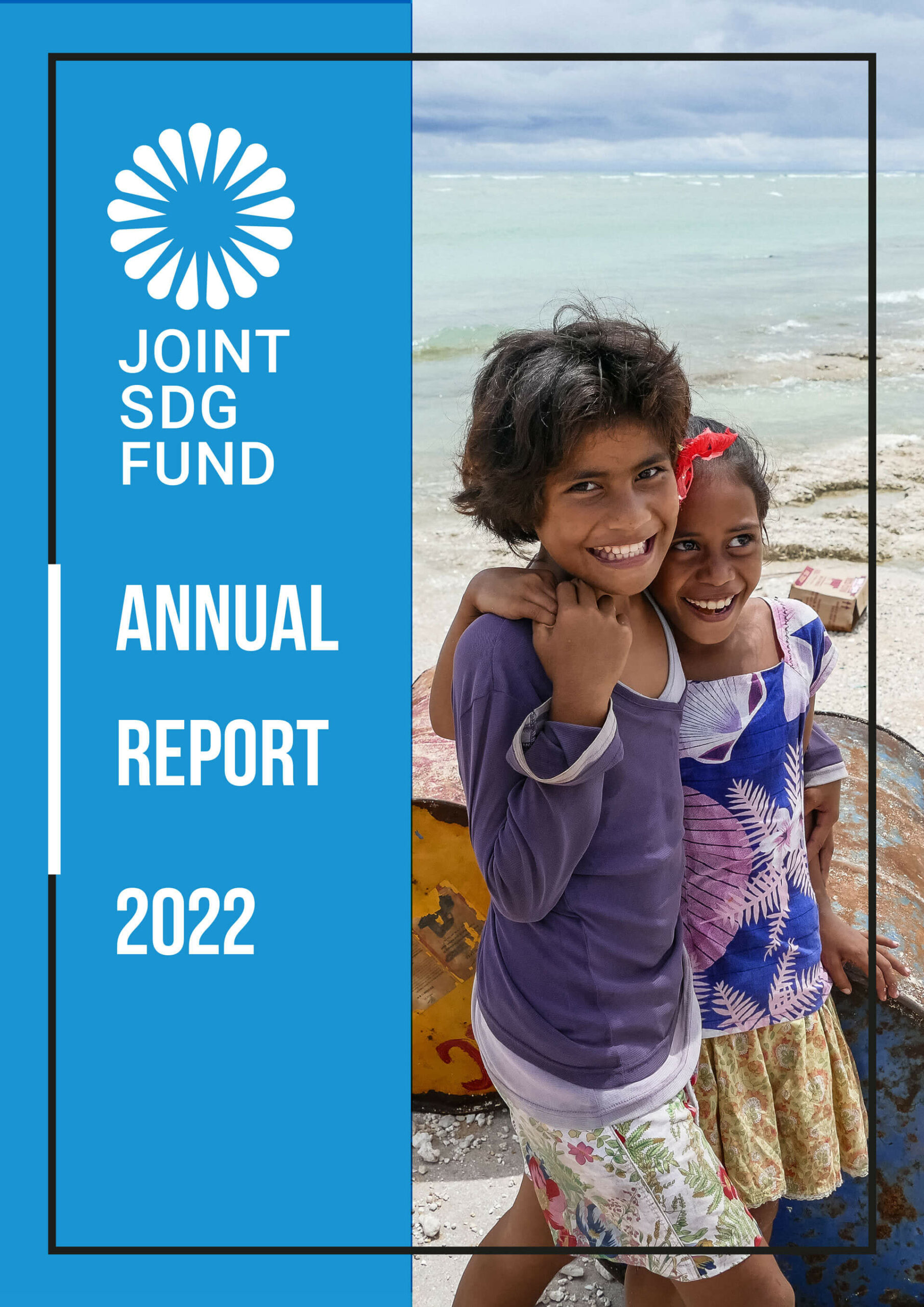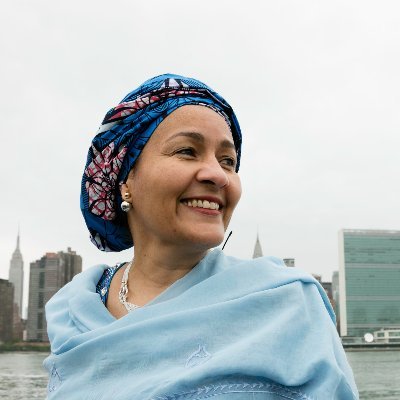Small Island Developing States
Why Small Island Developing States?
Small Island Developing States (SIDS) face a shared set of geographical, environmental, economic, and social challenges, and suffer from unique development needs and extreme vulnerability. Frequent exposures to natural hazards and disasters intensified by climate change and external economic shocks caused by the COVID-19 pandemic were detrimental to island nations.
Due to SIDS’s dependence on tourism and fisheries for economic growth, the weight of climate change and the COVID-19 pandemic on their economies has been more dramatic than most developing states. All these factors pose significant challenges for SIDS in meeting the Agenda 2030 goals.
Our Approach
The UN Joint SDG Fund aims to close the funding gap to achieve the SDGs in Small Island Developing States by providing funding to actionable proposals being developed in SIDS. By contributing to progress on multiple SDGs, the joint programmes within this call will produce catalytic results at scale within defined timeframes. Given the interdependence of the SDGs, joint programmes can facilitate change by working across sectors and silos through an integrated, multidimensional approach that addresses vulnerabilities across the whole life cycle and among priority target groups. It supports cross-sectoral integrated policy or financing frameworks and solutions across a range of transformative initiatives focused on SDG acceleration.
Small Island Developing States
The Joint SDG Fund announced a call for proposals focusing on strengthening resilience and ending the vulnerabilities of SIDS to accelerate the SDGs. The overall fund’s investment for this Call is US$ 30 million. All SIDS countries were eligible to receive funding, including countries previously funded in the Joint SDG Fund’s existing portfolios. Intended to be catalytic, funding will support targeting programmatic solutions of 2 years or less, with a budget of US$ 1 million per country. Multi-Country Offices were eligible for funding envelopes corresponding to the countries and populations they serve and were reviewed on case-by-case basis.
Integrated Policy and SDG Financing
Data & Digital Transformation
Data & Digital Transformation
Technological innovations and revolutions, led by digitalization and lower connectivity costs, have created new markets for SIDS to exploit. Access to modern technologies are critical to prevent disasters, advance the economy and enable the public sector to deliver services to people and enterprises. SIDS are working to address challenges in enhancing development-related statistics and big data analytics capabilities to accelerate sustainable development and to achieve universal and affordable internet access.
Economic and Employment
Economic and Employment
The skills-gap and the impacts of COVID-19 have resulted in higher levels of youth unemployment. Engineering growth post COVID-19 for the SIDS will require economic diversification and higher participation from a skillful workforce. This includes the strengthening of spatial planning, improving resilience to climate change, preparing for natural hazards and adopting renewable energy policies. This will foster public-private partnerships for youth skills development and vocational training, strengthen investments into tourism and fisheries sectors, and establish an impact investment fund for the Blue Economy.
Social Protection
Social Protection
The reality of limited fiscal space makes it challenging for Governments to access financing for SDG implementation and fund modern and resilient social protection systems. Vulnerable groups have been more than proportionally hit by the recent economic crisis and COVID-19 pandemic. Strengthening the protection of vulnerable workers, women and girls’ economic empowerment, to reduce inequalities and strengthen socio-economic polices, urban planning, affordable housing, and community cohesion.
Multi-Dimensional Vulnerabilities
Multi-Dimensional Vulnerabilities
With limited fiscal space to fund the recovery, prospects of economic recessions have led to massive increases in unemployment, poverty, inequality, reversing progress achieved in towards meeting the SDGs. At the same time, SIDS over-reliance on economic sectors such as tourism and fisheries, high-debt-levels, and severe constraints to mobilizing both private and public finance amplify vulnerabilities.





















